July 30th, 2025
How Samantha da Silva’s New Workshops Inspire Creative Breakthroughs
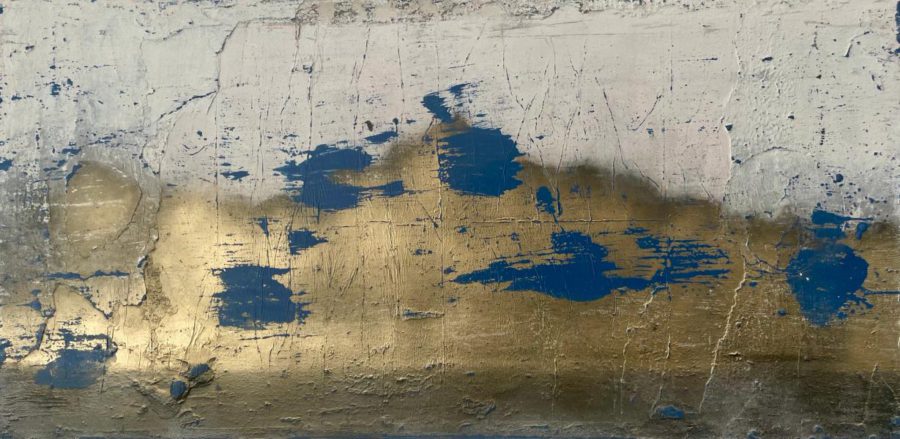
“Ethereal Euphoria,” by daSilva, 24″ x 48″ mixed media
Re-posted from The Scout Guide
For artist Samantha da Silva, art is more than a visual language—it’s a form of grounding. Born in Brazil and now based in Utah, Samantha has shaped a creative practice deeply rooted in movement, memory, and material. Known for her large-scale, painting-like relief sculptures made from found materials like dirt and sawdust, her work explores themes of place, belonging, and the spiritual act of creation.
In this conversation, Samantha shares what it means to create fearlessly, how she helps others connect to their own creative voice, and why the canvas is just the beginning of the journey.
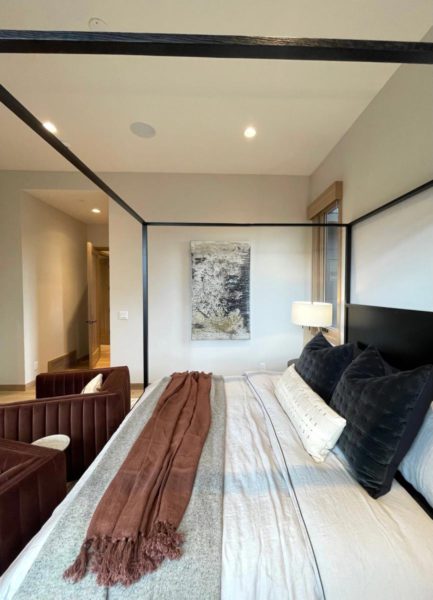
An installation of daSilva’s 60″ x 36″ piece, in mixed media
Interview
Several of your workshop titles feature the word “fearless.” What does that word mean to you in the context of your art, your teaching, and what you want participants to experience?
Fear is a common obstacle when it comes to making art—fear of the blank canvas, fear of making mistakes or creating a mess, and even the fear that you’re not “really” an artist. I understand this deeply because I’ve had to overcome my own fears to start painting. Despite being a fourth-generation artist, I once felt like everything had already been said and done, and I doubted I could add anything of value. I was wrong.
To move past that, I adopted a fearless attitude. When I was afraid of making mistakes, I would intentionally make one. When I worried about making a mess, I’d create a big, beautiful mess. I approached my fears head-on, working through them in a personal and practical way. This mindset has shaped my style of painting, which I’ve been teaching for over 17 years. For me, “fearless” means embracing risk, trusting the process, and discovering the freedom that comes with it. By embracing my fears, I’ve uncovered my deepest creative freedom—and I want others to experience the same.
What inspired you to create immersive experiences, like retreats, that go beyond the canvas?
What a wonderful question! I see the canvas as an extension of myself—almost like a mirror. Over the years, I’ve come to realize that true creativity goes beyond just the surface. So, I decided to explore this idea further by asking my community on Instagram if they’d be interested in an immersive experience—specifically, going to Costa Rica to go swimming with canvases. The response was a resounding yes!
That moment made me realize that many people are craving to extend their creative practice beyond the canvas and into their everyday lives. So, I began blending my painting techniques with other healing modalities like yoga, sound healing, meditation, and even painting blindfolded. The results have been extraordinary, and I love creating experiences that help others connect more deeply with their creativity and themselves.
You often speak about art as a path to empowerment. What do you hope participants walk away with after spending time in one of your workshops?
Well, I can only teach what I know, and for me, painting has always been a path to empowerment. It’s a journey of self-discovery—an opportunity to connect with my authentic self, access my inner voice, and express who I truly am. My workshops tend to be a similar journey for others, helping them overcome the fear of doing something they’re afraid of.
I believe we were all born artists—some of us just forget along the way and need a little help remembering. Empowerment comes from expressing that authentic voice on the canvas, embracing who you are with acceptance, love, and understanding. When you do that, you step into your power and realize your true potential. Art is a beautiful way to uncover and reclaim that inner strength.
Can you share a moment when you witnessed someone break through a creative or emotional block using art as a vehicle? What did that transformation look like?
I’ve witnessed countless moments of breakthrough, and I believe a breakthrough can look different for everyone. Sometimes it’s tears, other times a lightbulb moment, or pure joy and excitement. Many people tell me that this style of painting is “addictive”—and I can definitely relate. I’ve built my life around my identity as an artist, and for many, starting is the hardest part.
For me, my work is a celebration. I used to see myself as a victim—broken, deficient, lacking. Today, I see myself as empowered, grateful, and renewed. Through my art, I aim to illustrate the redemptive power of choice—the ability to transform pain into beauty, limitation into liberation. That’s the magic I witness when someone breaks through their own barriers and discovers their inner strength.
There’s a strong spiritual and intuitive thread in the way you approach teaching. How do those elements inform your process and your purpose as you plan workshops and retreats?
Spirituality and intuition are fundamental to my process and teaching. I believe that our intention shapes the energetic field around our creations, so I like to approach everything with a clear sense of purpose. Things tend to flow more effortlessly when we stop trying to control everything and instead surrender to the process, trusting that the universe is supporting us.
Sometimes, things might not make sense in the moment, but that doesn’t mean they aren’t right. Trusting the process and staying inspired makes the journey of creation—and even running a small business—much more joyful and meaningful. It’s about aligning with what’s true for you and allowing that energy to guide your work.
What role does place—whether a studio, retreat setting, or natural environment—play in shaping the experience you create for participants?
Place plays a significant role in shaping the experience I create for participants, especially because many of our materials are sourced directly from the land. Incorporating elements from the environment helps infuse a sense of place into the work, making it more meaningful.
Here in Utah, we add texture by incorporating things like iron-rich dirt, foraged materials, sawdust, and salt from the Great Salt Lake into our paintings. I also encourage students to bring in personal objects or memories—like journal entries, sand from a favorite beach, or small pebbles from a special place—because I believe the best art is autobiographical. It tells a story about who you are and where you come from, making the creative process deeply connected to your own life and environment.
Register for Samantha’s upcoming Park City workshop at The Kimball Arts Center, Fearless Abstract Painting. For information about additional workshops and retreats, head to her website and follow her on Instagram.
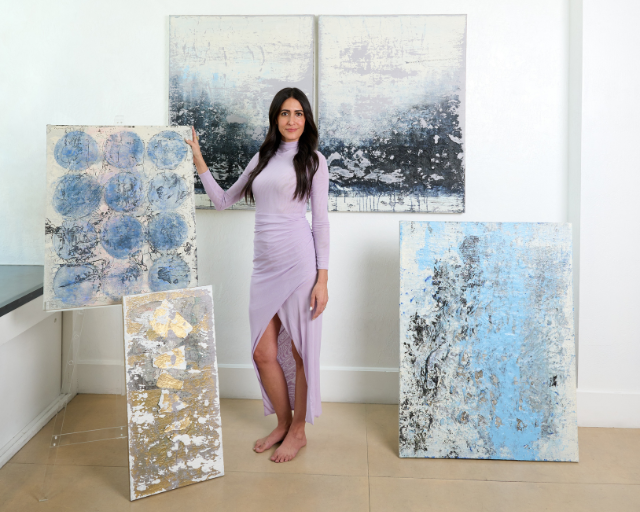
Samantha daSilva at Gallery MAR
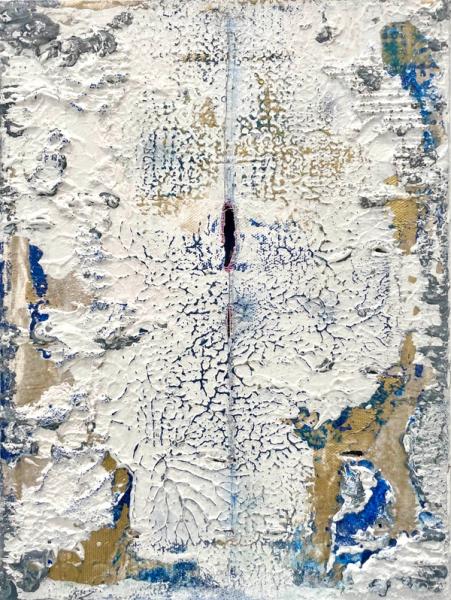
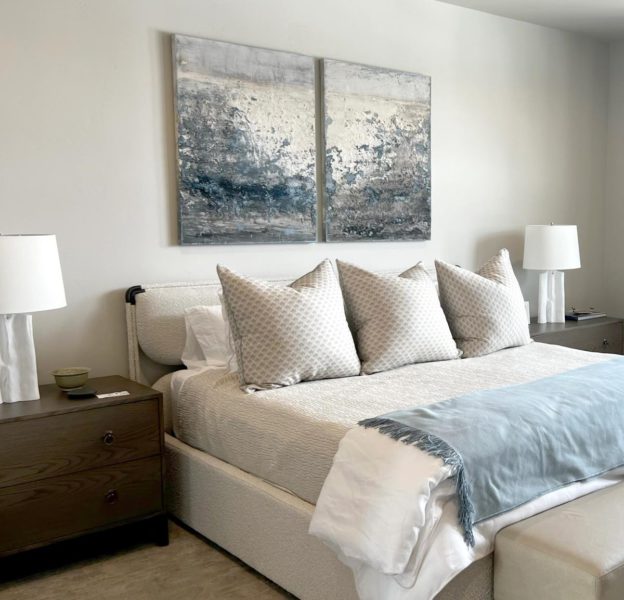
 The View Through the Window: A Conversation with Bridgette Meinhold
The View Through the Window: A Conversation with Bridgette Meinhold Happy Howl-o-ween!
Happy Howl-o-ween! Nina Tichava at the AMoA Biennial
Nina Tichava at the AMoA Biennial